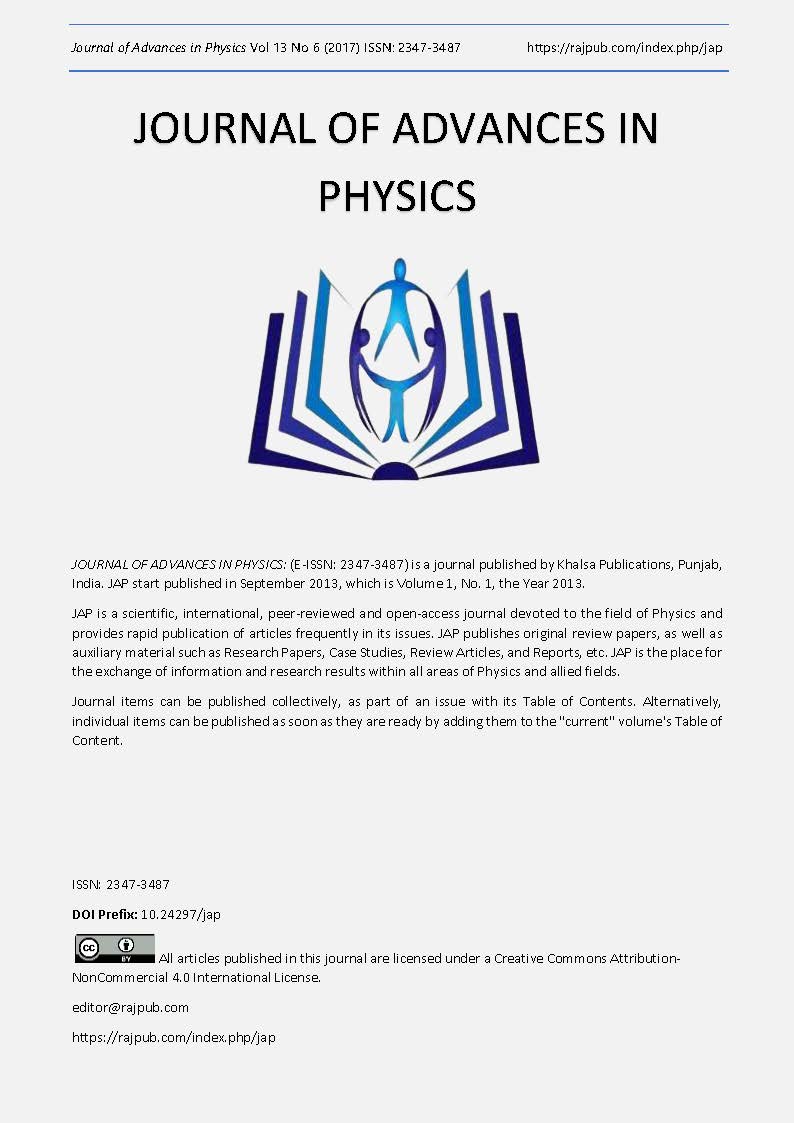Yang-Mills Families
DOI:
https://doi.org/10.24297/jap.v13i6.6173Abstract
The Yang-Mills theory structure is based on group theory. It rules the symmetry relationship where the number of potential fields transforming under a same group must be equal to the number of group generators. It defines the group valued expression from where the corresponding non-abelian symmetry properties are derived. Nevertheless based on different origins as Kaluza-Klein, fibre bundles, supersymmetry, s-model , BRST and anti-BRST algorithm, counting degrees of freedom leads to a Yang-Mills extension under the existence of different potential fields rotating under a same single group. They establish for SU(N) the relationship where and is a flavor index, . Physically, it says that different Yang-Mills families can share a common symmetry group. They develop a whole non-abelian gauge theory. The effort in this work is to explore such non-abelian extension. First, to build up it on the so-called constructor basis where gauge symmetry is more available for expressing the corresponding fields strengths, Lagrangian and classical equations. After that, given that the physical fields are those associated to the poles of two-point Green functions, one derives the physical Lagrangian L written in the physical basis . A new physical Lagrangian associated to symmetry is generated. The meaning of Yang-Mills families appears. A symmetry of difference is realized. Where every quanta is distinguished from each other. It yields a quanta diversity associated to corresponding Yang-Mills families. There are N-spin 1 and N-spin 0 quanta separated by different quantum numbers through a whole N-dynamics. An extension to QCD becomes possible.
Downloads
Downloads
Published
How to Cite
Issue
Section
License
 All articles published in Journal of Advances in Linguistics are licensed under a Creative Commons Attribution 4.0 International License.
All articles published in Journal of Advances in Linguistics are licensed under a Creative Commons Attribution 4.0 International License.




